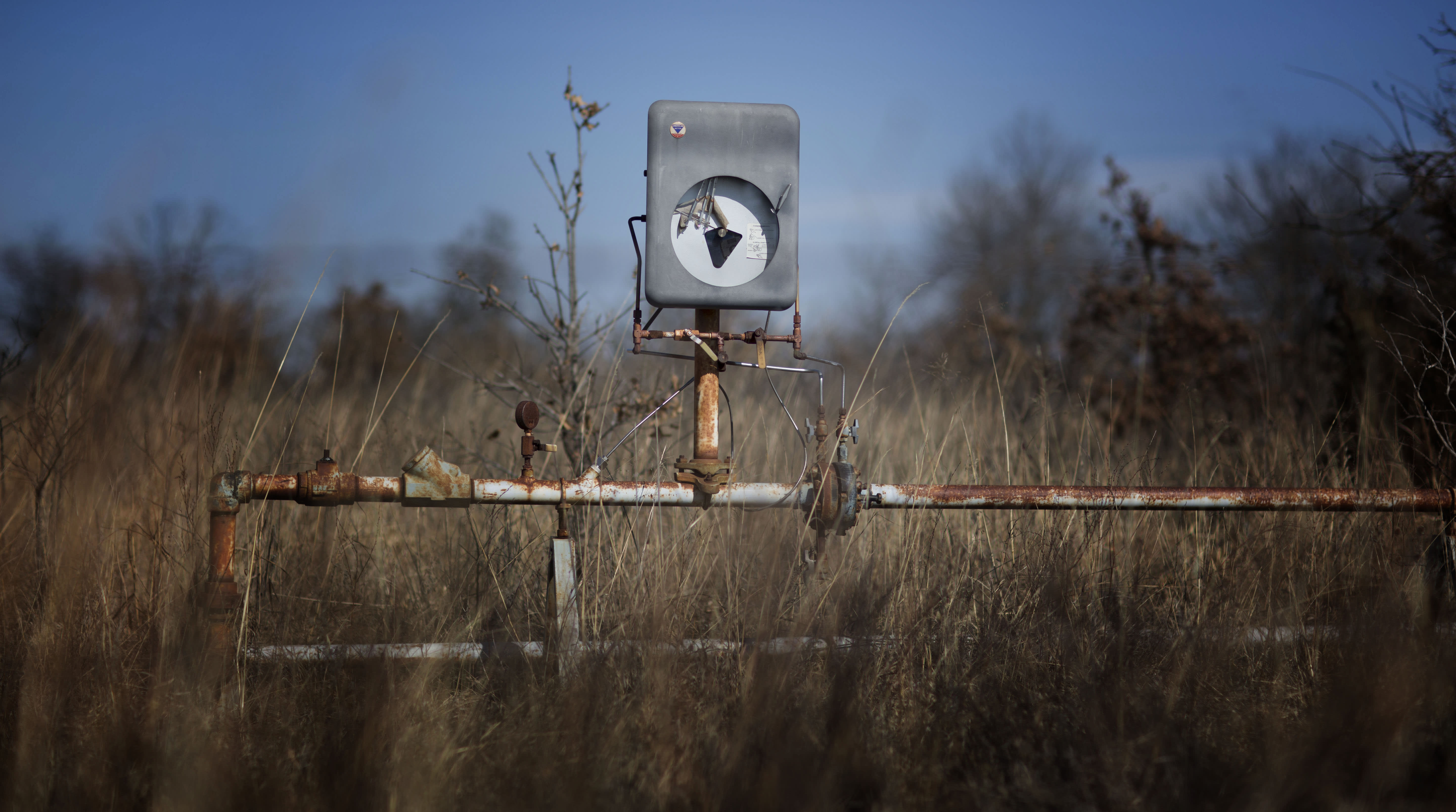
Earth Day first began 52 years ago as an effort to organize teach-ins on university campuses about sustainability amid threats to climate change from human behaviors.
Now, April 22 represents an annual date for nearly 200 countries to celebrate environmental diversity as well as to support environmental protection.
The holiday is celebrated by over 190 countries, mobilizing over 1 billion people to take action every year, according to the official Earth Day website. It has influenced a global movement that led to environmentally friendly legislation, advocacy and research that aims to honor our home planet.
While nations are working to achieve their sustainability goals, Earth Day is the day to inspire everyone and highlight what they can do to be a part of the green movement.
Feeling out of the loop? We'll catch you up on the Chicago news you need to know. Sign up for the weekly Chicago Catch-Up newsletter here.
What Year Did Earth Day Start?
Earth Day started in 1970 after decades of industrial development that signal negative consequences, threatening human health and the environment.
Who Organized the First Earth Day?
The holiday began as an effort to organize teach-ins on university campuses about sustainability amid threats to climate change from human behaviors.
In 1969, then-Sen. Gaylord Nelson of Wisconsin was inspired by the anti-Vietnam War movement of college students and wanted to ignite the same energy to raise awareness about pollution. Nelson also got then-Sen. Pete McCloskey of California to serve as his co-chair.
Denis Hayes, a young activist who later joined Nelson’s team, recruited 85 other people to join the effort. The team changed the name to Earth Day, attracting national media attention and inspiring 20 millions Americans to show dissent against 150 years of industrial development that had a negative impact on human health.
There were thousands of protests across the nation in colleges, cities, towns and communities following the first Earth Day.
The campaign went global in 1990 when it reached over 200 million people in 141 countries, paving the way for the 1992 United Nations Earth Summit in Rio de Janeiro and boosting global recycling effort.
More Climate Change Coverage:
What Did the First Earth Day Achieve?
The first Earth Day led to multiple environmental regulations and legislation, including the National Environmental Education Act, the Occupational Safety and Health Act, and the Clean Air Act.
Former President Richard Nixon proposed to establish the U.S. Environmental Protest Agency in the same year. Two years later in 1972, Congress passed the Clean Water Act. In 1973, Congress passed the Endangered Species Act.
Why is Earth Day Always on April 22?
As the first Earth Day was meant to be teach-ins on college campuses, Hayes chose April 22 because it fell in between spring break and final exam weeks to attract higher attendance. According to EarthSky.org, the date was also Arbor Day, a day observed for people to plant trees.
Since the first Earth Day, April 22 has become a significant date when it comes to important environmental events including the signing of the Paris Agreement in 2016. In 2021, President Joe Biden hosted a Leaders Summit on Climate on April 22-23.
How has Earth Day Evolved Since the First Celebration?
In early 2000, the campaign brought in more than 5,000 sustainability groups across 184 countries, organizing activists around the world.
In the 21st century, Earth Day isn’t celebrated in a day, but rather a week. Instead of seeing protests and rallies in person, raising awareness through social media platforms is on the rise as the technology evolves. There have also been more youth-led movements and recognition of environmental equity.
This year’s theme for Earth Day is “Invest in Our Planet,” according to the campaign website.
What's being done in Chicago?
Chicago Mayor Lori Lightfoot announced Friday her 2022 Climate Action Plan, which includes $188M in "climate mitigation investments" and sets a goal of reducing emissions in Chicago 62% by 2040.
“Now more than ever before, cities across the world have a responsibility and moral obligation to take action and prioritize protecting residents and businesses from climate impacts. Chicago is no exception,” Lightfoot said in a statement. “The 2022 Climate Action Plan demonstrates a commitment to pursue ambitious climate action in ways that deliver meaningful community-level benefits. We can alleviate historic environmental burdens and invest in community health, safety, and resilience by equitably investing in critical clean energy infrastructure and nature-based solutions, catalyzing a workforce prepared for all facets of the green economy, and encouraging innovative new types of economic growth and job creation.”



